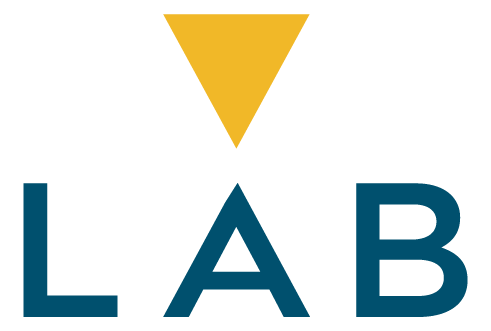Changing Landscapes and Accelerated Digital Transformations
Coronavirus and associated lockdowns helped accelerate the digitisation of manual or inefficient business process, particularly in financial services where paper-based AML/KYC processes are an impediment to individuals accessing products or services.
During the pandemic, regulators such as AUSTRAC strongly encouraged financial services companies to adopt digital processes to support a seamless, secure and compliant customer journey.
Digital customer onboarding and electronic identification verification (EIDV) are paramount particularly when the only way for some organisations to identity an individual’s identity relies solely on customers being physically present when identification documents are certified.
The Challenge
During the early stages of the nationwide lock-down, the members of a large Australian based industry superannuation fund were unable to get their identification certified to satisfy AML/KYC rules and regulations when submitting insurance claims.
Like many organisations, this process was still paper based and relied on members obtaining a certified copy of the original identification document (such as a passport or driver’s licence) and have that identification document physically certified by a person authorised to do so.
The need to get documents certified presented members with an almost insurmountable challenge during the coronavirus pandemic lockdowns.
The Solution
By pivoting their insurance claims process to LABform, a frictionless customer onboarding and digital identity verification solution, this organisation was able to digitise their claims process by enabling electronic identification verification at the point the claim and activating document uploading capabilities for additional documentation in support of the claim.
The solution was deployed in as little as five weeks, from the first video conference with the LAB Group solutions team to the first electronic insurance claim submitted online by members.
This didn’t just solve the manual identification constraints (via EIDV), it allowed the business to transform the insurance claims process from an entirely paper-based, time intensive exercise to an entirely online process where the insurance claim is submitted online, EIDV is conducted and members are able to upload supporting documentation securely as part of their online insurance claim application.
This led to a better experience for their members creating less friction and more flexibility in accessing and processing claims.
The Takeaway
COVID-19 has undoubtedly accelerated the digital transformation for most organisations while simultaneously forcing some initiatives to be urgently prioritised to deal with short term pain points and bottlenecks.
Financial Institutions need to accelerate their digital transformations to remain relevant and capitalise on changing customer expectations delivering compelling digital customer experiences and an ability to access products and services online in an efficient and secure way.
A Brief Overview of Electronic Identity Verification (EIV)
Electronic identity verification is used to match particular electronic data sources to customer details. To comply with the AUSTRAC ‘safe harbour’ rules you must verify at a minimum Name, Address and Date of Birth on two independent data sources. The AFSL may choose to apply greater rigour and additional checks as part of their KYC Program.
For example, while verifying Name, Address and Date of Birth on two independent data sources such as electoral roll and credit bureau will meet the minimum requirements, many organisations also require at least one government source such as a driver’s licence, Medicare, or passport (known as the Document Verification Service or DVS).
The most common approach is to establish a ‘scorecard’ for verification against a source like electoral roll AND a government source.


